Minimally Invasive Spine Surgeries
CERVICAL SPINE
Artificial Cervical Disc
A device inserted between two vertebrae in the cervical spine (neck) which replaces a damaged disc.
Laser Discectomy
A small needle is inserted into a disc space and disc material is burned by a laser. Laser discectomy is free of post-operative pain syndromes.
Microdiscectomy
A small portion of bone over the nerve root is removed to relieve the pain from nerve impingement and allow the nerve to heal.
Anterior Cervical Fusion
Two vertebrae are fused together from an incision in the front of the neck.
Anterior Cervical Discectomy
A herniated cervical disc is removed from an incision in the front of the neck.
Posterior Cervical Fusion
Two vertebrae are fused from an incision in the back.
Endoscopic Discectomy
A disc is removed using a specialized tubular device in order to relieve the pain caused by a herniated disc. The surgeon is able to see the disc through the endoscope, which helps to ensure accuracy.
Laminaplasty
Creates more space for the nerve roots in the spinal cord in order to relieve pressure.
Foraminotomy
Removes bone and/or a diseased dic in order to relieve neck and arm pain.
Corpectomy
Removal of the vertebra as well as the disc spaces at either end in order to decompress the cervical canal.
Osteotomy
A section of the spinal cord is cut in order to correct the alignment of the spine.
Tumor Resection
Removal of spinal tumor.
THORACIC SPINE
Endoscopic Discectomy
A disc is removed using a specialized tubular device in order to relieve the pain caused by a herniated disc. The surgeon is able to see the disc through the endoscope, which helps to ensure accuracy.
Laser Discectomy
A small needle is inserted into a disc space and disc material is burned by a laser. Laser discectomy is free of post-operative pain syndromes.
XLIF
A procedure performed through the side of the body which uses nerve monitoring technology allowing the surgeon to avoid hitting nerves and giving him maximum visibility.
Scoliosis Surgery
Surgeries to correct scoliosis are recommended when spinal curves are greater than 40 degrees and showing signs of progressing.
Tumor Resection
Removal of spinal tumors.
Microdiscectomy
A small portion of bone over the nerve root is removed to relieve the pain from nerve impingement and allow the nerve to heal.
LUMBAR SPINE
Microdiscectomy
A small portion of bone over the nerve root is removed to relieve the pain from nerve impingement and allow the nerve to heal.
Laser Discectomy
A small needle is inserted into a disc space and disc material is burned by a laser. Laser discectomy is free of post-operative pain syndromes.
Aspen / I-Lif / X Stop
A "bridging" device is used to decompress spinal pressure between two vertebrae.
Minimall Invasive T-Lif
A technique which stabilizes the spinal vertebra and disc between the vertebra.
Endoscopic Discectomy
A disc is removed using a specialized tubular device in order to relieve the pain caused by a herniated disc. The surgeon is able to see the disc through the endoscope, which helps to ensure accuracy.
X-Lif
A damaged disc is removed and replaced with a spacer.
Artificial Lumbar Disc
An artificial disc is used to replace a damaged or diseased disc.
Osteotomy
A section of the spinal cord is cut in order to correct the alignment of the spine.
Tumor Resection
Removal of a spinal tumor.
Vertebroplasty
A procedure which stabilizes a spinal fracture and stops pain caused by the fracture.
Kyphoplasty
The filling of a collapsed or damaged vertebra, restoring it to its original shape and relieving pain.
Minimally Invasive Spine Fusion Systems
PathFinder, Viper, Paramount, SphereX
